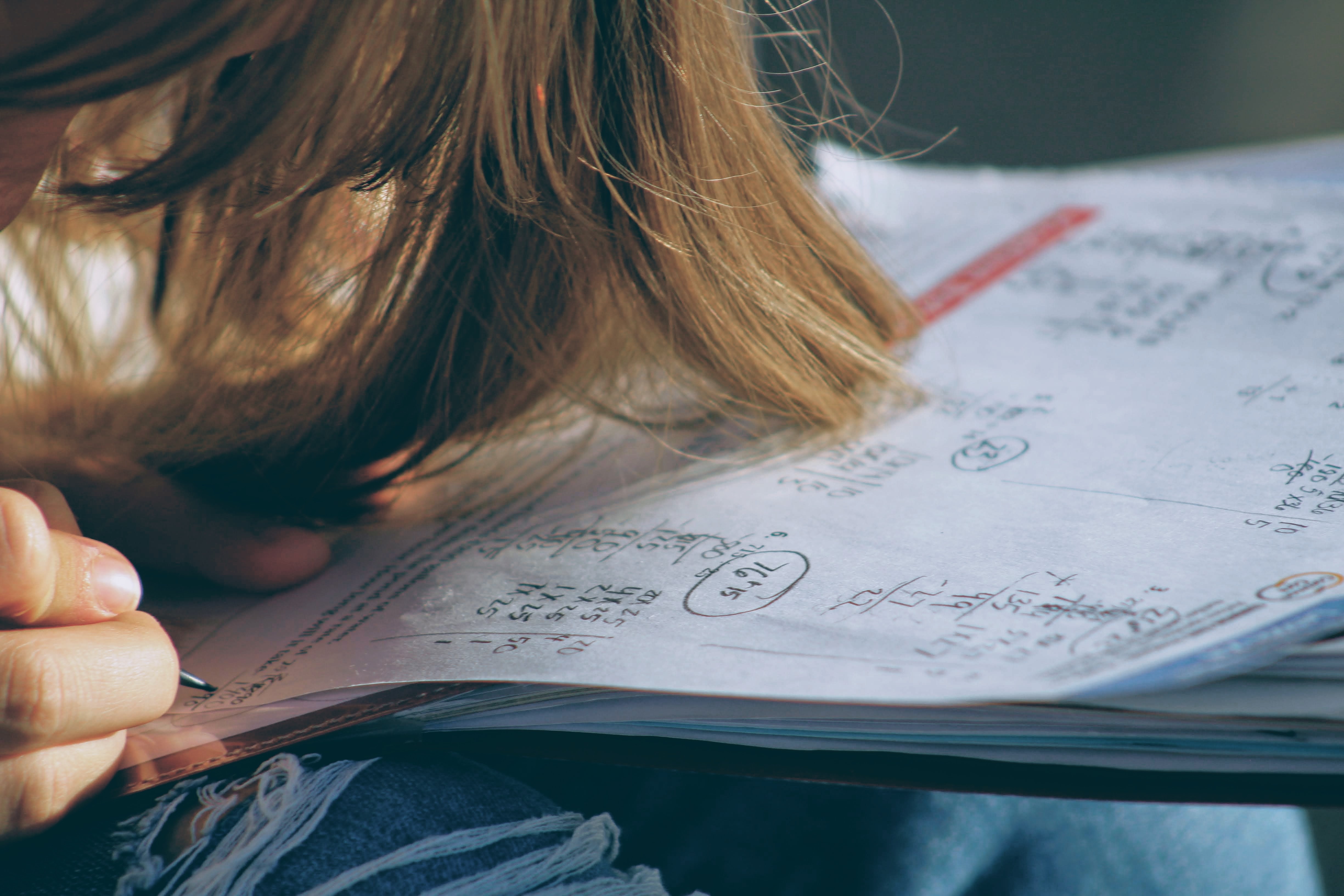
Oct 13, 2022 4:53:32 PM
For some, the word math might conjure up a sheet of problems or set of rules to follow. But math isn’t just about introducing students to a set of isolated skills and algorithms but an integral and joyful element of nearly every facet of human life.
I’ve seen firsthand how much students love learning about the history of math and hearing stories about how the field of mathematics has evolved over time and across societies. And I’ve seen how integrating these history lessons into math instruction can make topics like addition and subtraction, fractions, and algebra come alive.
Children are inspired by those who made important discoveries in mathematics. It helps them see themselves as mathematicians, connect math to the real world, and encourages them to pursue STEM in school and beyond.
Here are some approaches I’ve seen work and that I believe teachers should try this school year, as we work to re-engage students in learning and help them recover from steep academic declines associated with the pandemic.
In the early elementary grades, in a unit on measurement, teachers might consider discussing the concept of precise measurements and when in real life those are needed rather than estimates.
Then, as an example, they can share a lesson about so-called human calculators, like Katherine Johnson, the NASA mathematician whose work was critical to sending crewed space flights safely into space and astronauts to the moon. The book and film, “Hidden Figures,” featured the stories of Johnson and other Black women whose work has been essential to the space program. Those precise calculations they made to guide spaceships were critical for safety.
When teaching older elementary students, teachers can ask the kids to study a sketch from the Codex Vergara, a document written around the year 1540 to show the land holdings of families in Aztec villages. Students can work together to try to decode the symbols and determine the side lengths, perimeters, and areas of the fields.
Students are then able to see, with teacher support and a rich class discussion, that the Aztecs were using the same mathematical thinking people use in a variety of endeavors today.
Of course, you can simply ask kids to find the area of a modern playground, but by integrating history into your math lesson, you’ll be creating a much deeper learning experience—one that helps students think about how math has been applied outside the school setting.
With middle-school students, in a lesson on statistics and data science, you might look at how people visually represented data before we had computers. For example, Dr. John Snow was an obstetrician in England in the 1850s when a cholera outbreak hit London hard. Public understanding of how illness spread was limited and incorrect theories explaining the outbreak abounded. Snow used data, highlighting the use of public wells and incidents of cholera on maps, to show that contaminated water was the cause of the illness. Teachers can challenge students to study and compare this data to other outbreaks in history and see how such information was beneficial.
Taking a little time out to explore these stories and how the field of mathematics has evolved is worthwhile and supports student learning.
It builds background knowledge and boosts engagement, thanks to the use of storytelling and providing a real-world context for math lessons. It also incentivizes students to want to apply the math they’re learning in school, outside of school, like those who came before them. This practice is also a great way to bring diverse stories into the classroom, show how mathematicians learn from each other, and build on one another’s work across time to solve complex common problems.
Too often, we teach math without helping students build this kind of rich, background knowledge and without sharing compelling stories of how math has been used across cultures. That’s missing a vital opportunity to engage students more deeply in the study of mathematics and its potential to shape the future.
Christine Hopkinson is a senior curriculum developer for Eureka Math Squared, developed by Great Minds. She is a veteran K-5 educator who has worked in schools in Vermont and Colorado and who has a passion for student engagement and making math accessible to all.
The story you tell yourself about your own math ability tends to become true. This isn’t some Oprah aphorism about attracting what you want from the universe. Well, I guess it kind of is, but...
If you have a child with disabilities, you’re not alone: According to the latest data, over 7 million American schoolchildren — 14% of all students ages 3-21 — are classified as eligible for special...
The fight for educational equity has never been just about schools. The real North Star for this work is providing opportunities for each child to thrive into adulthood. This means that our advocacy...
Your donations support the voices who challenge decision makers to provide the learning opportunities all children need to thrive.
Ed Post is the flagship website platform of brightbeam, a 501(c3) network of education activists and influencers demanding a better education and a brighter future for every child.
© 2020–2024 brightbeam. All rights reserved.
Leave a Comment